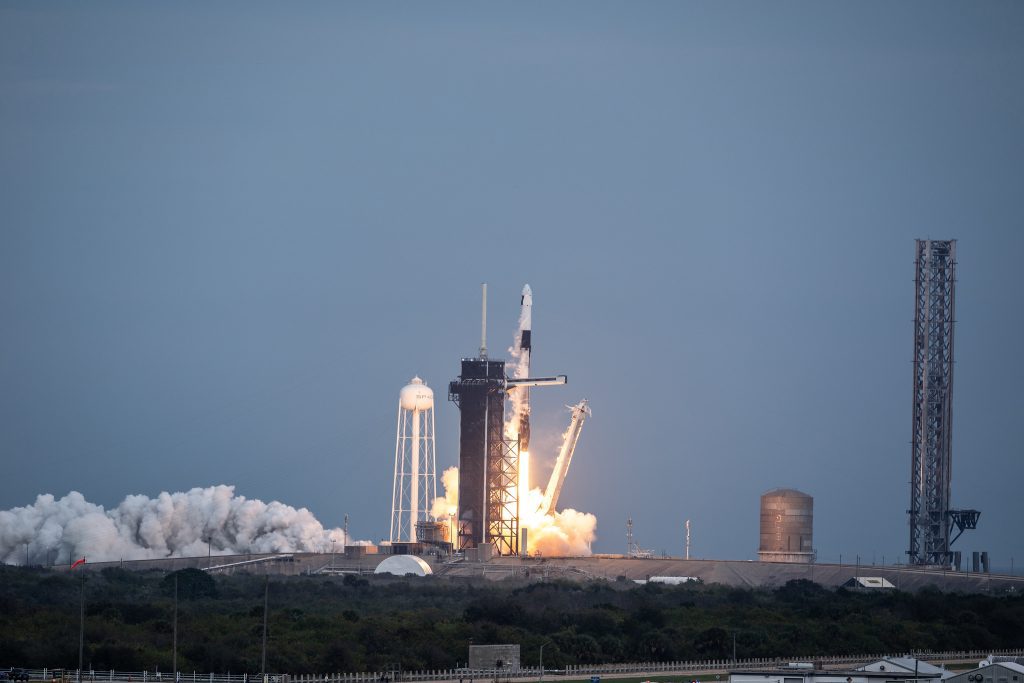The Federal Aviation Administration is getting ready to begin an environmental review of SpaceX Starship launches from a pad at the Kennedy Space Center. This reflects changes in the vehicle since a 2019 assessment.
In a notice The FAA’s Office of Commercial Space Transportation announced on May 10 that it was initiating the process for an environmental impact statement (EIS) for Starship launches from KSC’s Launch Complex 39A. This is necessary for the FAA to approve a launch license for Starship from that pad.
This process will start with a series of in-person and virtual scoping meetings for the public in June. These meetings will allow the FAA to discuss their plans for the EIS and receive public comment on the issues they should consider in that environmental review.
The EIS will be the second environmental review concerning SpaceX’s plans to use LC-39A for Starship launches. In 2019, NASA completed an environmental assessment (EA) of the company’s plans at the time to build launch infrastructure at LC-39A for Starship, finding it would have no significant impact. At that time SpaceX was planning up to 24 Starship launches from that pad annually.
The FAA concluded that a new EIS is needed because of changes in the design of Starship and its operations since the 2019 assessment. SpaceX now proposes to construct additional launch infrastructure not previously considered in the 2019 EA, such as a “catch tower” for Super Heavy booster landings. The design of the Starship/Super Heavy vehicle has also changed significantly since 2019, and SpaceX has discussed plans to further develop the design.
SpaceX now plans for a higher launch rate, with up to 44 launches annually from LC-39A. The Super Heavy booster will also land back at LC-39A, while in the earlier EA SpaceX proposed landing the booster on a droneship or at Landing Zone 1, the former Launch Complex 13 at nearby Cape Canaveral Space Force Station used for Falcon 9 and Falcon Heavy booster landings today.
SpaceX has already built some infrastructure at LC-39A for Starship missions, including a launch tower much taller than the existing one used for Falcon launches. According to the FAA, this work is covered by the scope of the 2019 assessment, but the EIS is necessary for additional launch infrastructure to support booster landings and other launch needs, like a deluge system.
The new study will happen at the same time as a Department of the Air Force-led EIS for Starship launches from Cape Canaveral Space Force Station. This study will look at the potential for using Space Launch Complex (SLC) 37, which hosted launches of the now-retired Delta 4, as well as a new site, SLC-50, that would be built between SLC-37 and the next pad to the north, SLC-40, used by SpaceX’s Falcon 9.
The FAA did not provide a schedule for completing the EIS for Starship launches from LC-39A. The Space Force study began with scoping meetings in March and included a timeline that projected publishing a final EIS in September 2025 and a record of decision, selecting which site would be used for Starship launches, a month later.









